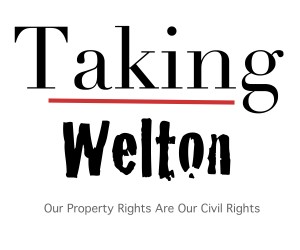The tiff over TIF: Is it a bad bargain for taxpayers?
“Tax-Increment Financing (TIF) districts have been around for more than 50 years in the United States. However, only recently have citizens and politicians started to question their effectiveness locally.
Local governments develop TIF districts by claiming they are using funds that would not have been generated without the TIF district. If the land was valued at $10 million before TIF-associated development and is worth $50 million afterward, the argument goes, the $40 million increase in tax value is a benefit to all taxing entities.
In Ottumwa, city leaders would like to use TIF money to help finance improvements to the Ottumwa Regional Airport by making improvements to the aging runway. TIF money would provide a 10 percent local match toward the $9 million project. The rest of project would be funded by a federal grant.
The city can establish a TIF without support from other taxing entities. However, in doing so, those taxing entities lose incremental tax dollars.
What is TIF?
Tax-increment financing (TIF), is public financing that freezes a property-tax base in an area. TIF is a method to promote urban renewal efforts in an area by directing the property tax revenues generated from property value increases within a designated TIF district to finance the costs of improvements made in the district. TIF addresses a lack of state and federal programs, which have ceased to exist in the past several years.”
Moeller, Wanda. Ottumwa Courier 13 February 2015.
